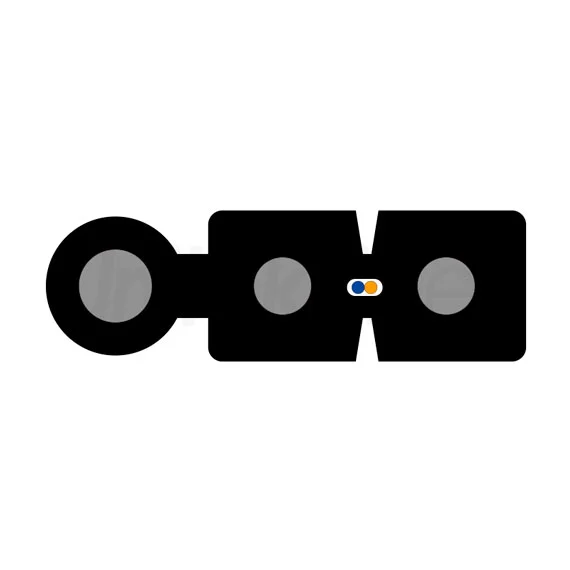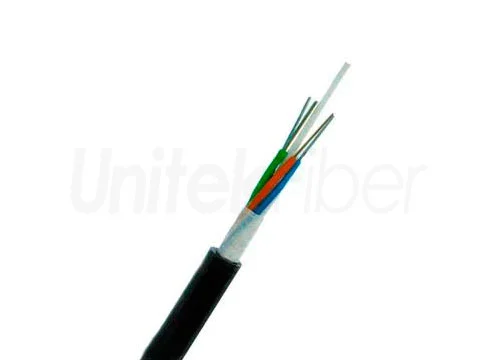
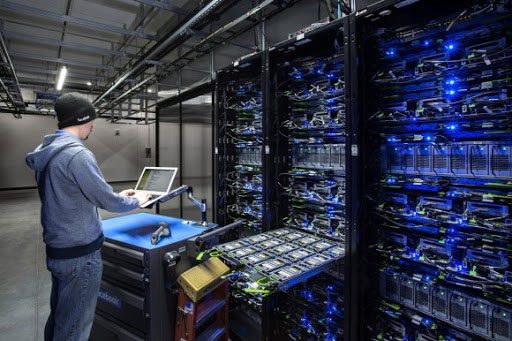
In data centers, optical transeiver exist everywhere, but few people mention them. In fact, optical transceiver module are already the most widely used products in data centers. Today's data centers are basically fiber-optic interconnections, and cable interconnections are becoming less and less, so without optical module, data centers cannot operate at all. The optical transceiver uses photoelectric conversion to convert electrical signals into optical signals at the transmitting end, and then transmit them through the optical fiber, and then converts the optical signals into electrical signals at the receiving end. That is to say, any optical transceiver has two functions of receiving and transmitting:photoelectric conversion and electro-optical conversion.So the optical transceiver modules can not be separated on both ends of the network. There are tens of thousands of devices in a medium-sized data center. To achieve the full interconnection of these devices, at least thousands of optical transceivers will be consumed. Although the price of a single optical transceiver module is not high, the quantity is large. In this way, the overall cost of purchasing optical modules in the data center is not low, and sometimes even exceeds the purchase amount of general network equipment, becoming a market segment in the data center.
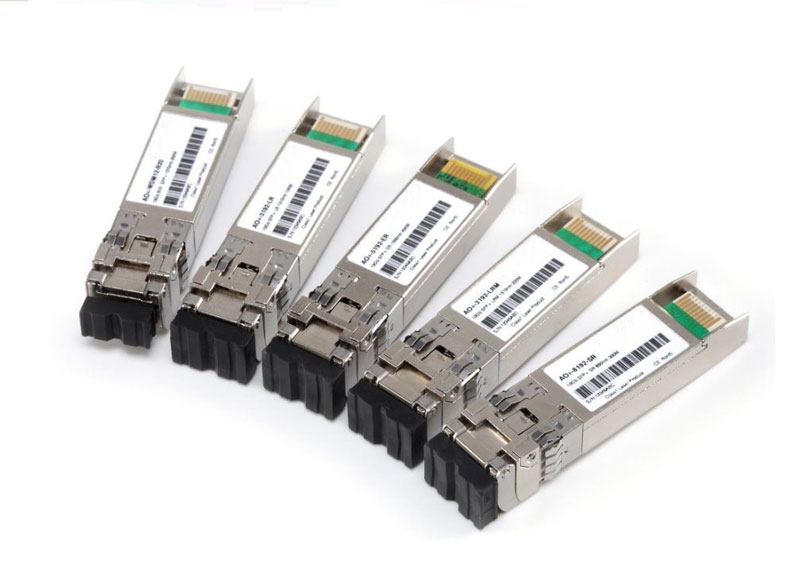
Although the optical transceiver is small in size, its function is so important, and no data center can play without it. With the continuous expansion of the data center market, it has directly driven the continuous development of the optical transceiver market. The global optical transceiver module market has grown rapidly in the last five years. In recent years, other aspects of data center technology have been continuously improved, and the requirements for optical transceivers have become higher and higher.
The first requirement is to have a high speed. At present, the server interface is changing from 1G to 10G, and the aggregation switches are from 10G to 40G / 100G. 25G and 400G standards are also being formulated. Once the standard is formed, the design and development of specific optical transceivers will also be launched, which may further improve the network bandwidth capability of the data center.
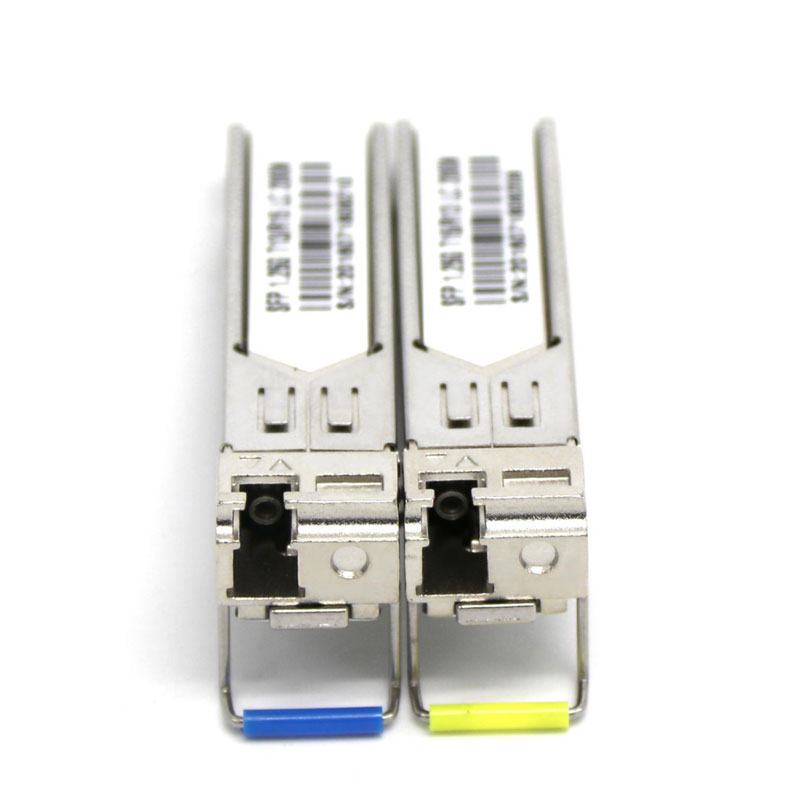
The second requirement is environmental protection and low power consumption. The power consumption of a data center is very large, and the power consumption of calculating heat is a big waste. If the working power consumption of a 10G optical module is 3W, then the power consumption of only the optical transceiver of a 48 Gigabit switching board must reach 144W. If a network device with 16 boards is inserted, it will require 2300W, which is equivalent to lighting 23 100W bulbs at the same time, which consumes very much power.
The third requirement is high density and space saving. Although the speed of optical transceivers is getting higher and higher, they can be designed to be smaller and smaller. The previous GBIC optical transceivers only had a gigabit speed, which was larger than the current 10G. The previous 100G optical transceiver port was nearly 10CM long, but now there is no difference between the size of 100G optical module and 10G. You can do 48pcs of 100G port densities on one board.
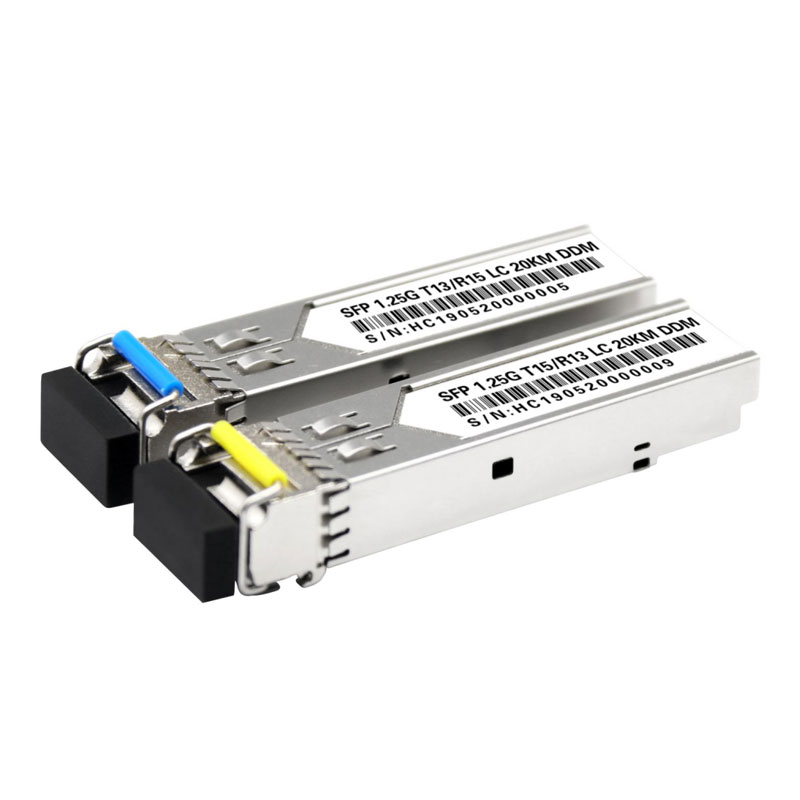
The fourth requiremnt is low cost. The high price of 100G optical transceivers also inhibits some market demand to a certain extent. Many data centers are prohibitive to the high prices of 100G optical transceivers. Because not only the optical transceiver, but also the supporting equipment need to be re-invested, so the sum is not small. If 100G optical transceiver modules can be greatly reduced in cost, they will soon be popularized in data centers. Currently, 100G interconnected data centers are rare. Therefore, providing high-quality optical transceivers is by no means an easy task, and continuous research is required to improve the production level of optical transceivers.
Although the optical transceiver is small, its role in the data center cannot be ignored, especially in today's data center with higher and higher bandwidth requirements, the optical transceiver has even restricted the development of the data center to some extent. It is no exaggeration to say that the role of optical modules in a data center can be described as "small blocks have a big effect".
If you neen more information or support on fiber optical products, please don’t hesitate to contact us sales@unitekfiber.com, we will try our best to support you.

